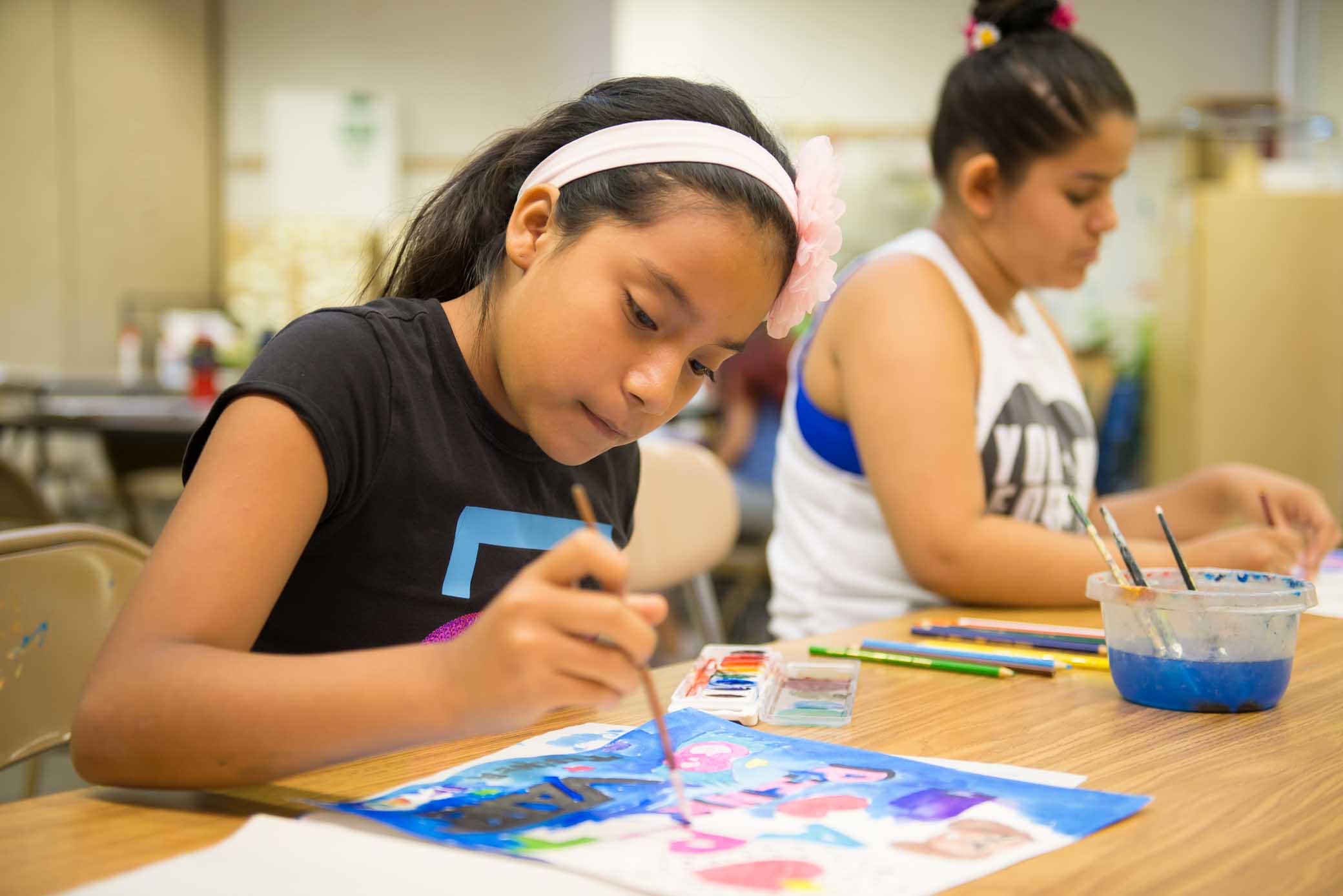Why do you teach the arts, I asked the visual and performing arts teachers in SVUSD recently. Their answers revealed the transformational role of creativity and the arts in education. It’s every TK-12 child’s right to be taught by qualified arts educators, on a regular schedule, during the instructional day, required by the state.
“The arts help my students integrate their learning, bring balance and fresh perspectives to young minds, add mindfulness to mediocrity, and change a monochromatic view into a more colorful one,” said a SVHS media teacher. “Each day, I watch young minds expand in new ways of seeing the world and am blessed to be part of that source of inspiration. Seeing students push themselves, stretch their creative brains, and celebrate their artistic achievements are the true rewards of teaching.”
SVUSD’s only elementary music teacher put it this way, “I love the smiles on their young faces when they express themselves musically.”
Our middle school visual art teacher said, “My students feel their own power when they get to use their imaginations. They tell me, art is magic…art is a way of sharing our feelings…the arts calm me…the arts are self-expression…art helps me feel better…art is storytelling.”
A high school visual art teacher pointed to one of his student’s drawings, displayed recently in the City Council Chambers and said, “Her artwork has literally saved her life.”
These incredible teachers witness daily the importance of the arts education for their students, both academically and emotionally. Our school district historically has marginalized and underfunded arts education but these teachers have persevered. And our students believe it is important, expressing to their parents they don’t want to miss school on a music or art day.
I’ve discovered many community members don’t realize that the arts are mandated Core Academic Subjects, designated by the U.S. Elementary and Secondary Education Act. In 1997, California required TK-12 dance, media, music, theater, and visual arts
education. Unfortunately, it wasn’t funded, so public school students didn’t receive a comprehensive education for decades.
But there’s good news: 26 years later, California voters finally had enough and passed legislation to begin to correct the deficiency. California Proposition 28 passed with a huge voter mandate. SVUSD’s brilliant new administrators are relieved and thrilled, welcoming about $500,000 annually, FOREVER, for K-12 arts education.
A local alliance of community arts education advocates, Creative Bridges, has partnered with SVUSD arts teachers, administrators, and elementary teachers to draft a Strategic Arts Education Plan to strategically rebuild the K-12 arts programs.
Improving the equity and quality of K-12 arts education is critical for a comprehensive education. Here’s one bit of the research by Americans For The Arts:
- The dropout rate is five times lower for students from low socioeconomic status who are highly involved in arts classes than comparable peers who do not take arts courses.
- Students who are provided with visual and performing arts education experiences have significantly fewer disciplinary infractions.
- Students who take four years of secondary arts and music classes score an average of over 150 points higher on the SAT than students who take only one half-year or less.
After years of collapsing arts programs, we are entering a new era. Stay tuned!



Be First to Comment